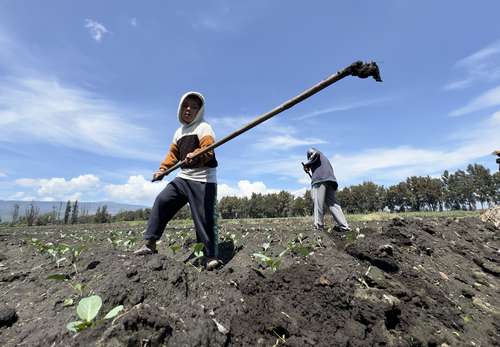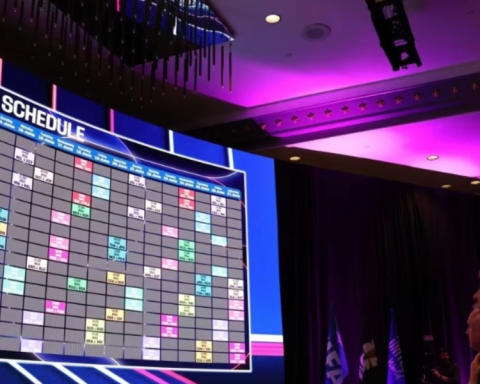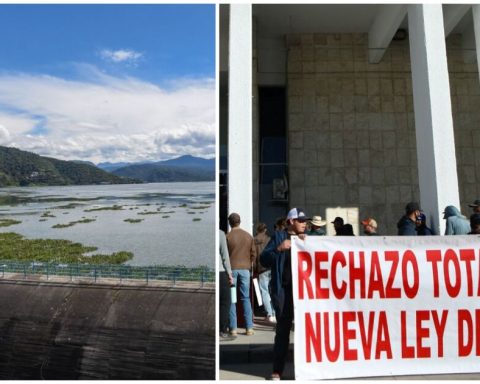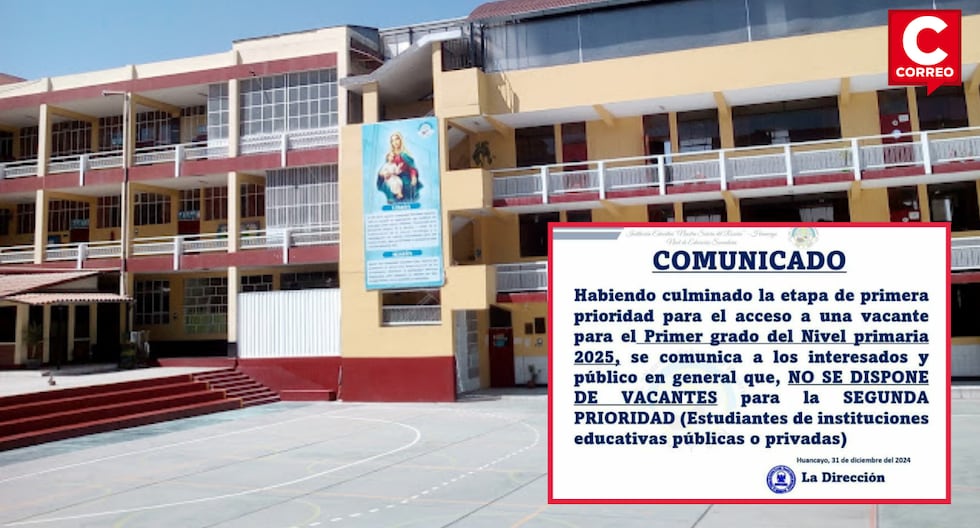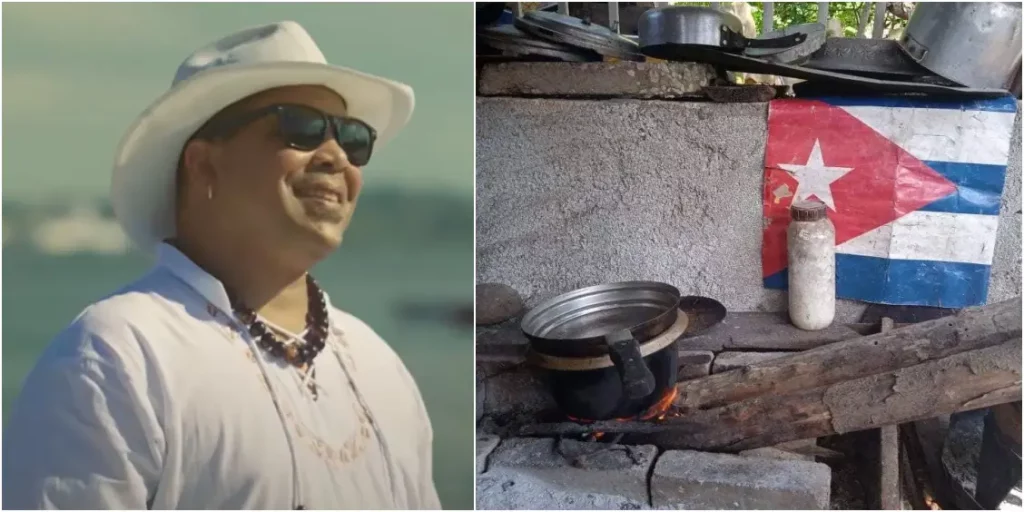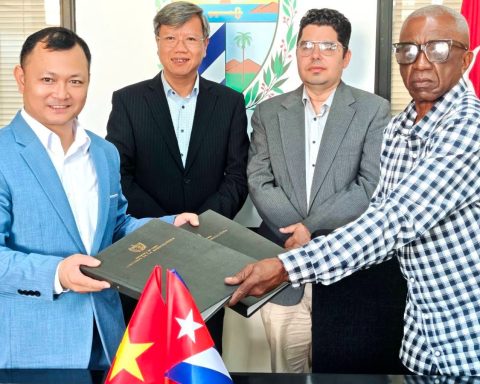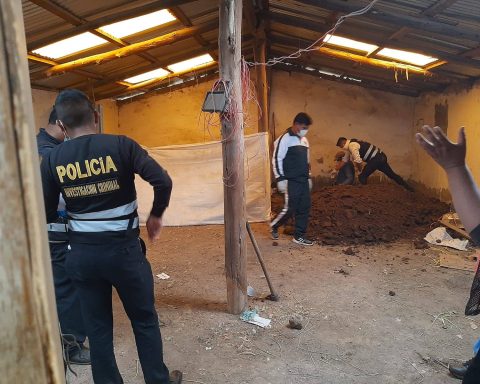▲ There is a risk that food dependence will worsen, says specialist Agustín Rojas. In the image, vegetable cultivation in Mixquic, Mexico City.Photo Roberto García Ortiz
Antonio Heras
Correspondent
La Jornada Newspaper
Thursday, January 2, 2025, p. 3
Mexicali, BC., In the valleys of Baja California, mainly Mexicali and San Quintín, illegal labor practices prevail, especially to the detriment of agricultural laborers who arrive from the south of the country, due to the conditions of their temporary contracts and the modality leaving and paying
which covers their salaries without including social benefits. This kind of outsourcing is prohibited, because it involves temporary subcontracting of labor.
These actions are usually not detected by Labor and Social Security inspectors, who only review documents such as contracts, payrolls and records of the Mexican Social Security Institute (IMSS) and the Institute of the National Housing Fund for Workers (Infonavit). ).
It is even common for employers to hide workers when supervisors arrive, said the head of the Ministry of Labor in Baja California, Alejandro Arregui.
This irregularity represents a circular problem, because the mechanism focuses on verbal agreements and cash payment that includes hookers
stewards of agricultural fields, ranchers and day laborers.
Since there is no official registry or payroll, it is estimated that at least a third of the 10,000 day laborers who work in the fields of the Mexicali Valley lack Social Security and medical care, Infonavit, bonuses and payment of utilities, since the employers say they pay compacted salary
either integrated
.
In the temporary contracts of groups of day laborers who migrate from the south to the northwest of Mexico, who follow a route that passes through Sinaloa, Sonora and Baja California, which sometimes extends to the United States, this salary is composed, according to the ranchers , weekly payment for hours, vacations, Social Security and even utilities.
In San Quintín, the hiring of migrant agricultural laborers has decreased due to a tendency to settle in that valley, in the south of the entity, for two generations.
In the fields of Mexicali and San Quintín the modality subsists leaving and paying
which consists of the daily payment to the day laborer by the rancher and a percentage to the hooker
a kind of commission for each worker and the contribution for the transfer.
Workers are transported early in the morning in rickety buses to agricultural fields, for daily, piece-rate or day-to-day contracts, depending on planting and harvesting needs. When their activities conclude, the day laborers line up to leave the ranches and receive their salary in cash.
Baja California agriculture occupies first place in the production of chives, dates and asparagus; second in olives, cotton and strawberries, and third in grapes and wheat. In San Quintín, 80 percent of production is for export, which in Mexicali, the state capital, reaches barely 50 percent.
Almost all of the ranches that produce for export do so for the US market, and they are the ones that practically comply with the working conditions of Mexican legislation, since they require certifications from their employees, as it is a requirement of their clients beyond the border to the marketing of products.
